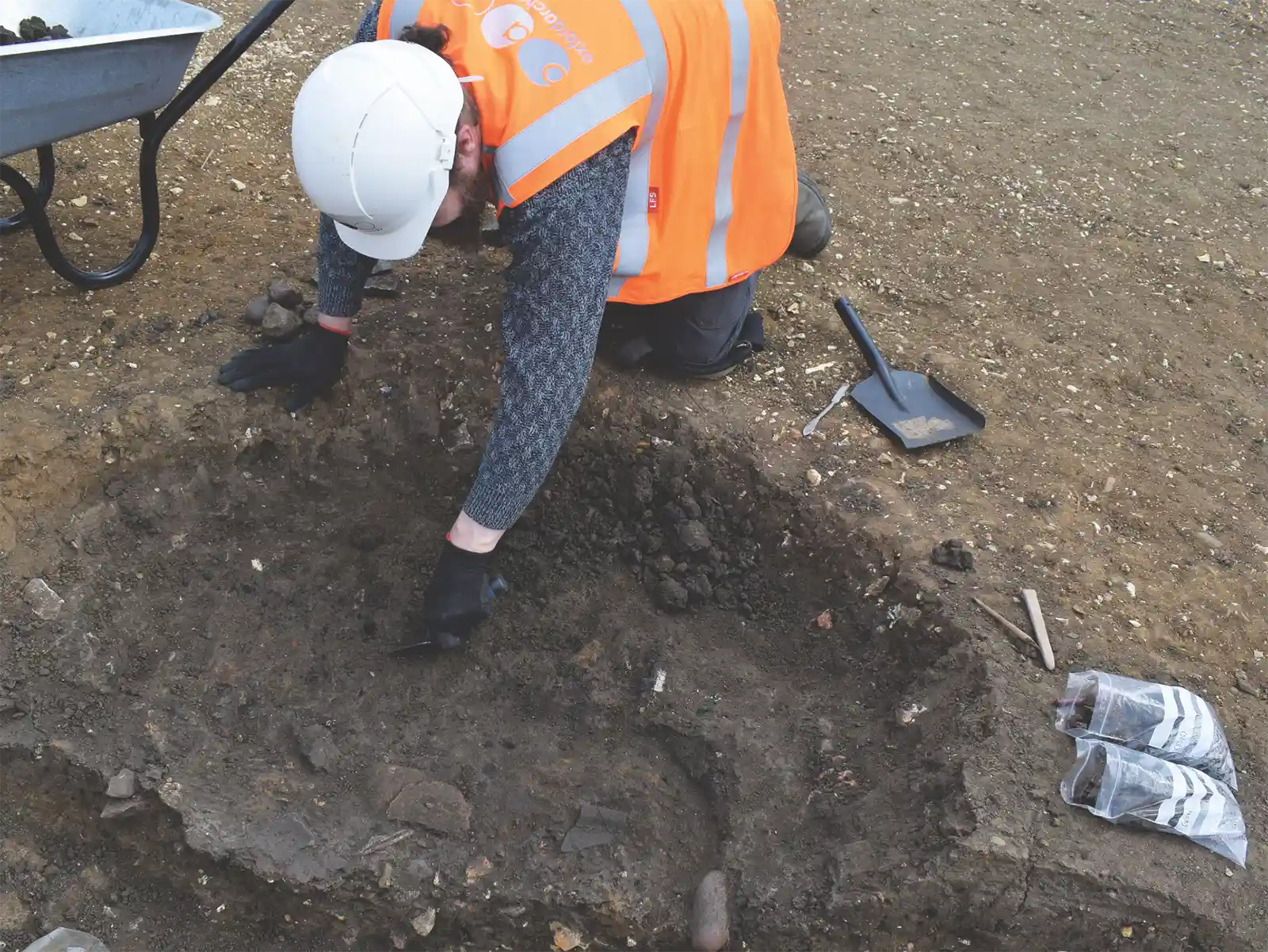Archaeology
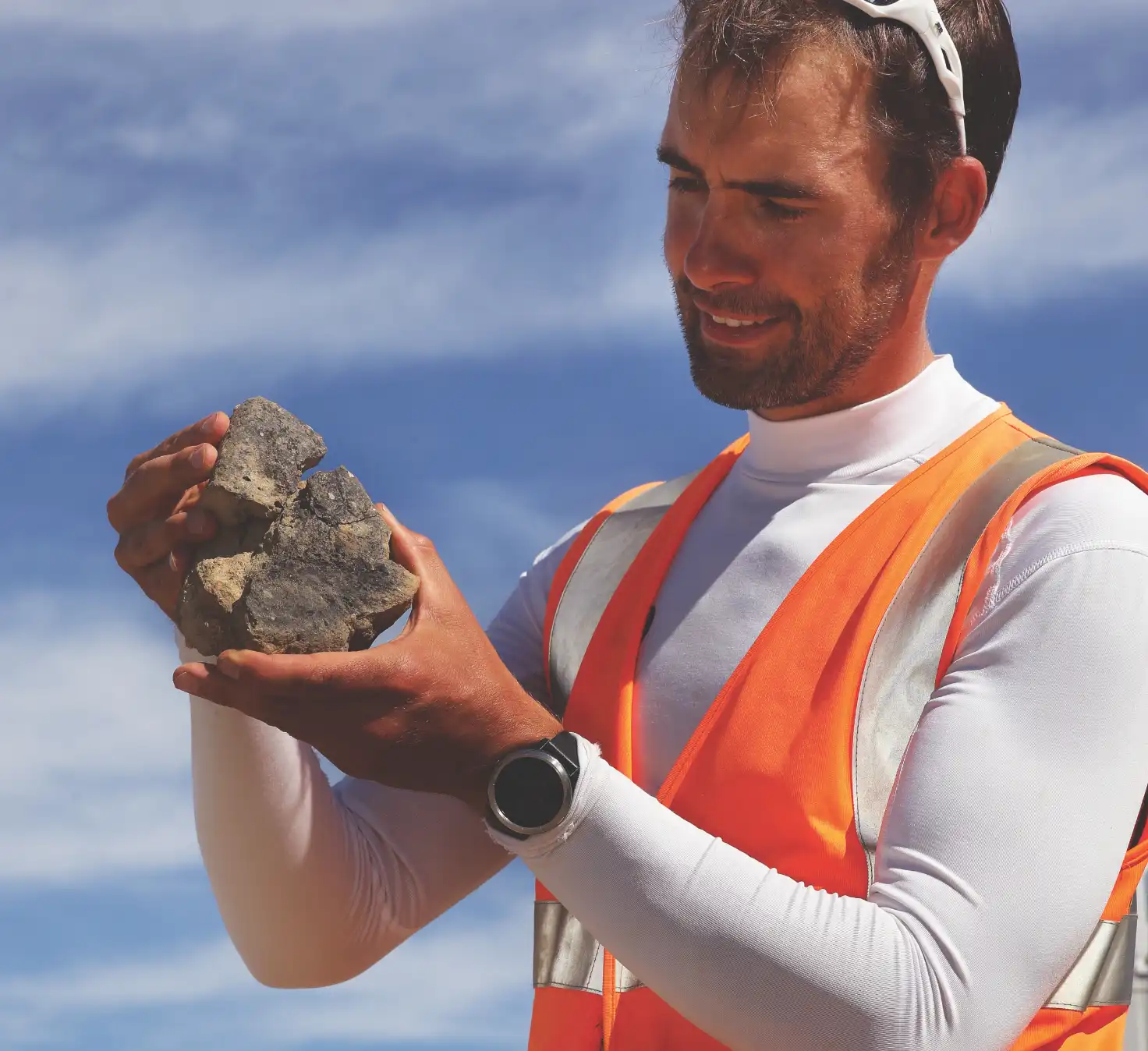
Looking at Wintringham’s past
The first area to be opened was in the northern part of Wintringham. This 2 hectare (5 acre) site – the size of 2.5 football pitches - was excavated over two months in the autumn of 2017 and uncovered Bronze Age, Iron Age and Roman ditches. These linked to a settlement previously explored at Love’s Farm to the north.
This was followed by a much larger dig totalling 12 hectares (nearly 30 acres), which was investigated over two separate phases, beginning in January 2019 and ending in August 2020.
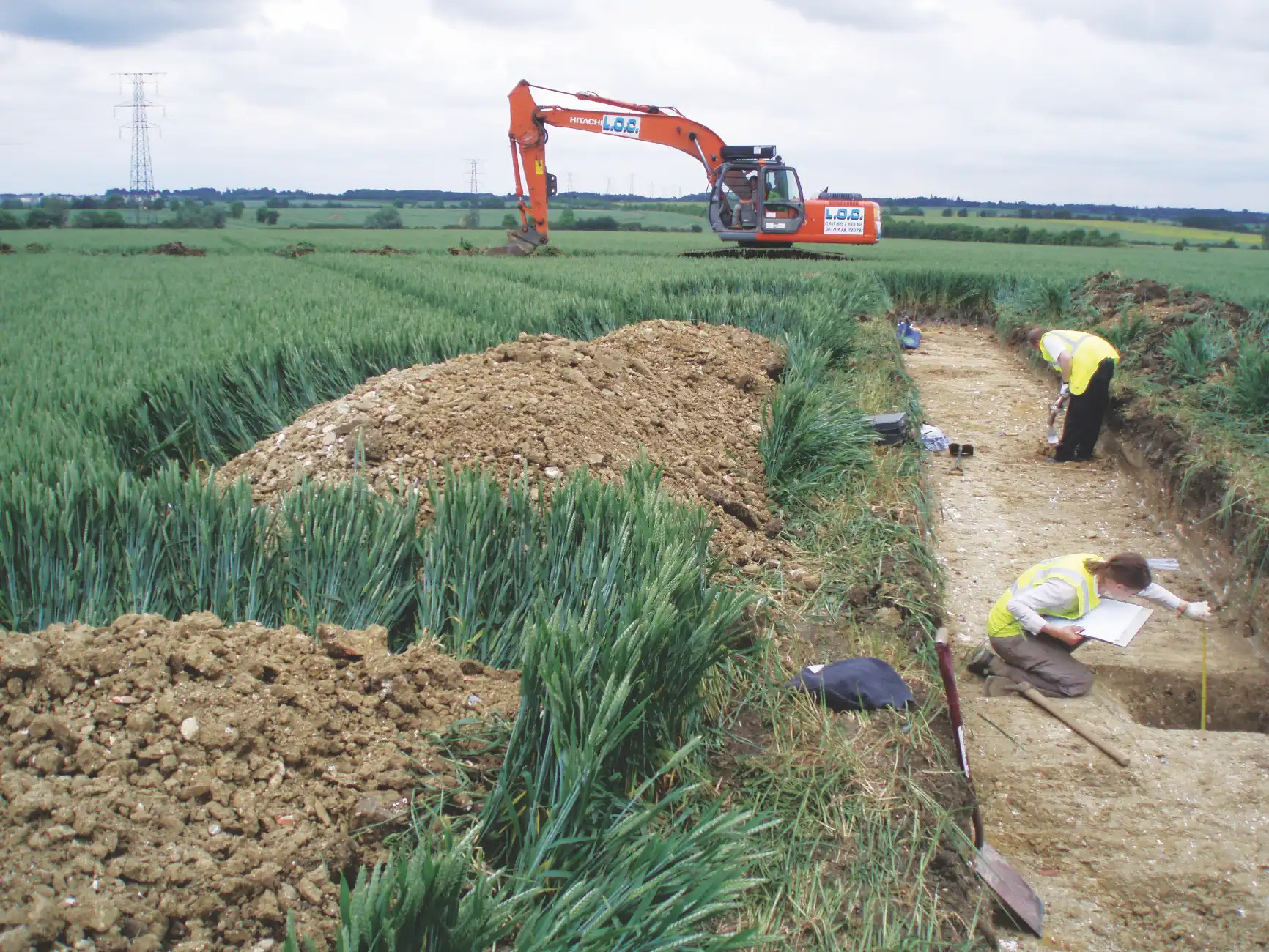
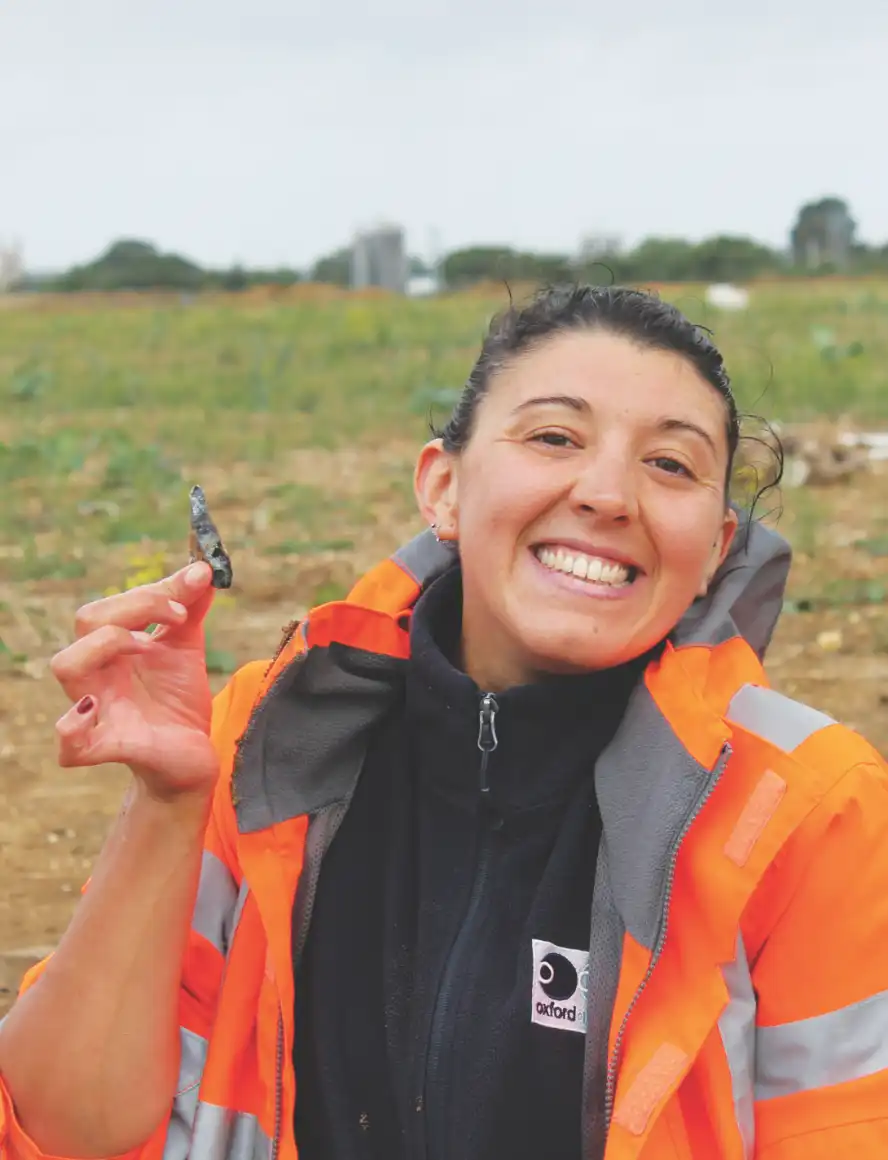
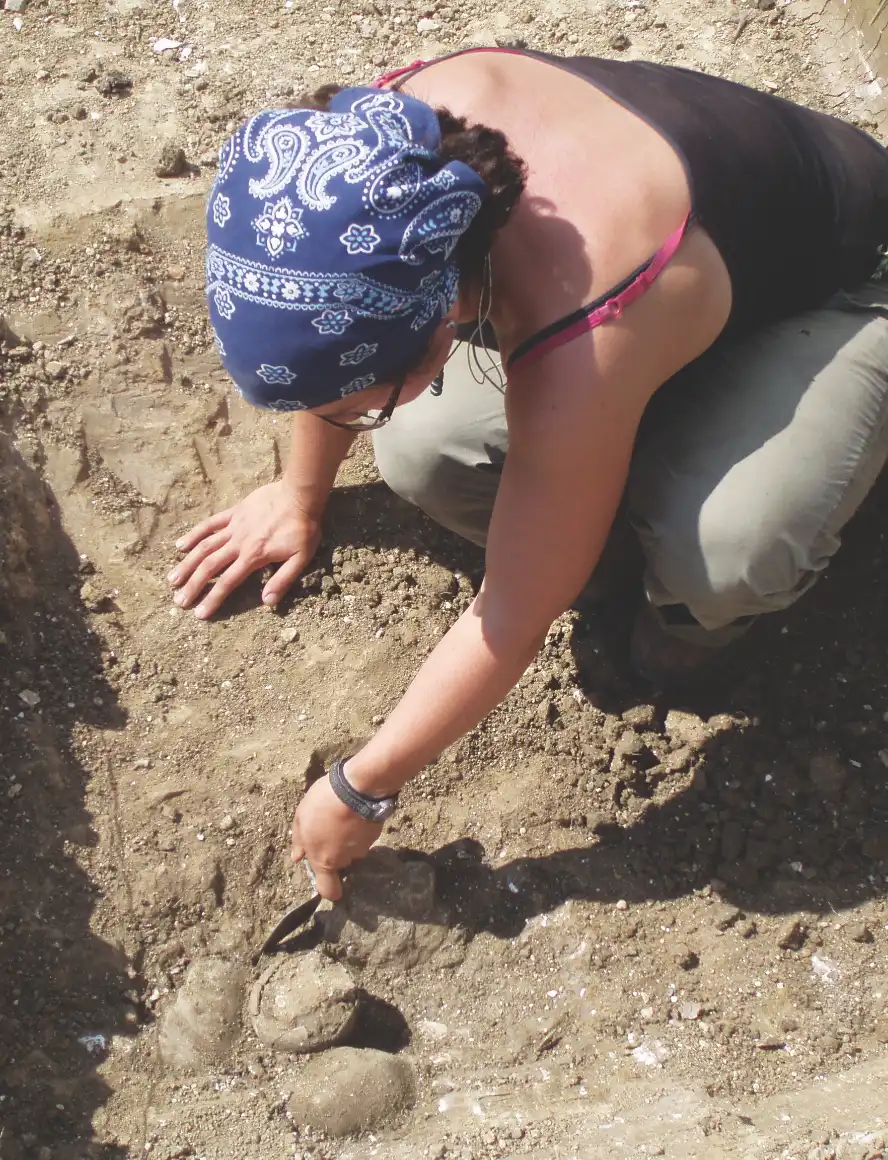
Work resumed in summer 2021 with a small excavation to the south of the Hen Brook. This was almost immediately followed by the largest excavation yet at around 23 hectares (nearly 57 acres) – the size of St James Park in London - lasting from November 2021 to June 2023. This covered a large Iron Age to Roman settlement on the ridge between the first and second sites excavated.
The features were hand excavated by the archaeologists to recover any finds that might give clues about when and why people used this area in the past. The finds were taken to Oxford Archaeology’s office to be washed and dried. They were then separated by the type of material — such as metal, pottery, stone and animal bone —and sent to specialists to identify and analyse.
Key discoveries
Early excavations revealed evidence of several later Iron Age (c. 400-100 BC) roundhouses. The Iron Age families who lived on the site over 2,500 years ago were farmers who grew cereal crops and kept cows, sheep and pigs. It has been fascinating to discover that in some cases, tracks and field boundaries from this period linked to similar features at the Loves Farm development.
Fragments of Iron Age pottery also provide an insight into the vessels used by those living and working on the land. Desk-based assessment, field evaluation, review of previous archaeology work within the area, air photography surveys, geophysical surveys, field walking and trial trenching has helped identify potential areas of previous inhabitation at Wintringham dating back to at least the Middle Bronze Age (from c. 1600 BC) through to the end of the Romano-British period in the early 5th century.
The most significant find across the Wintringham excavations was a series of major buildings at the heart of a large Roman settlement, one of which is potentially a shrine.
The fascinating Roman past of the new community being built at Wintringham featured in an episode of Digging for Britain aired on 22 January 2023.
The presence of ridge and furrow earthworks demonstrates that the area continued to be used for agriculture into the medieval and post-medieval periods.
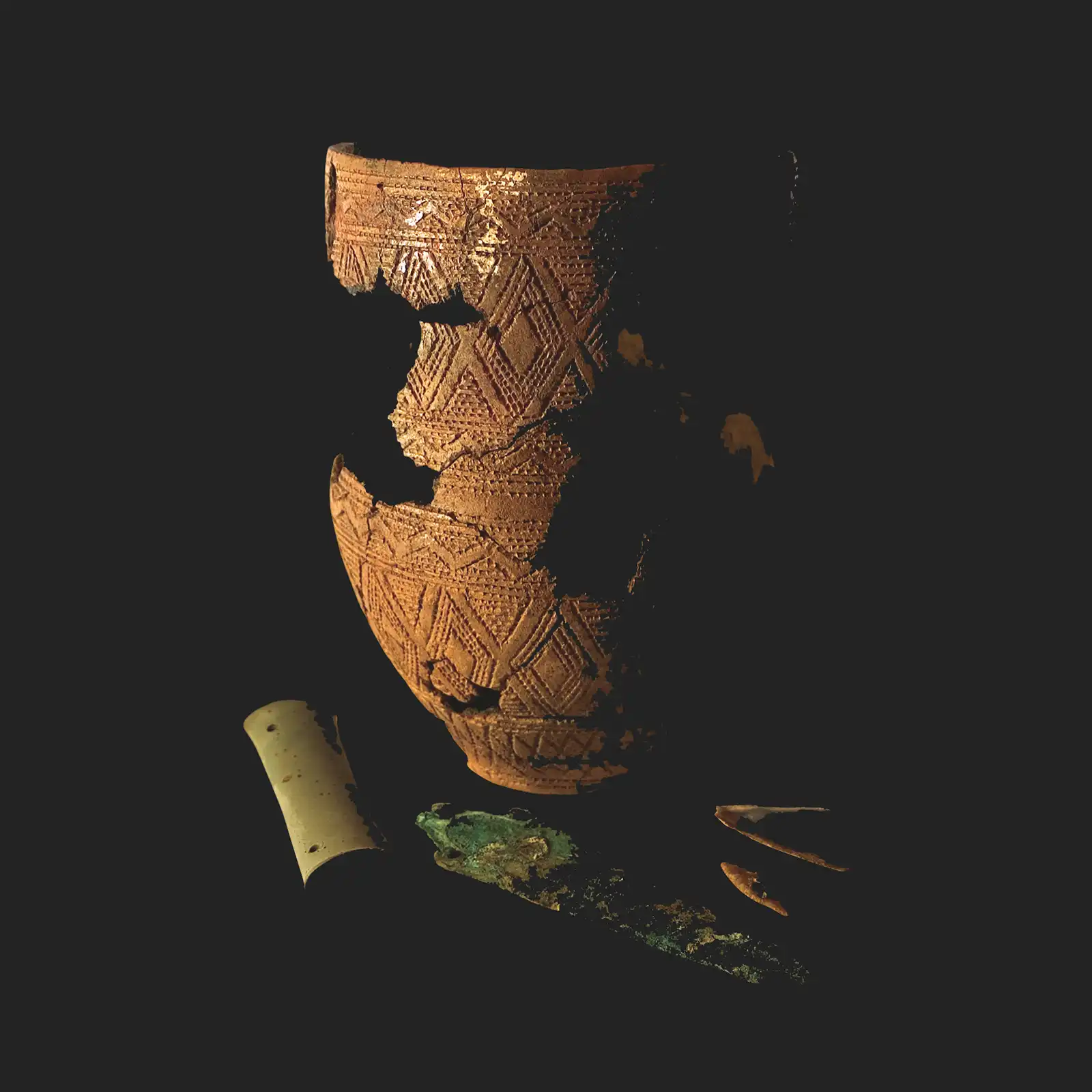
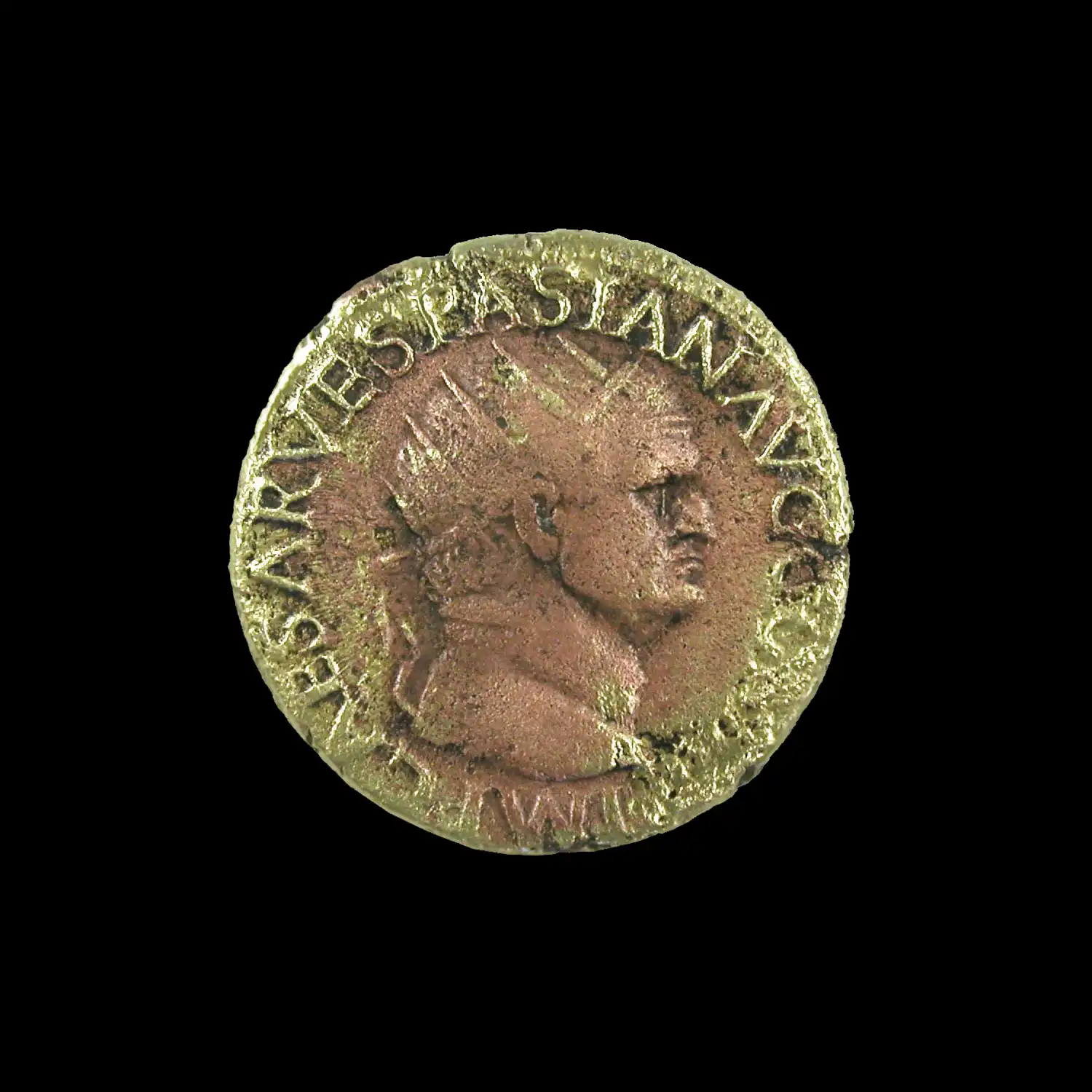
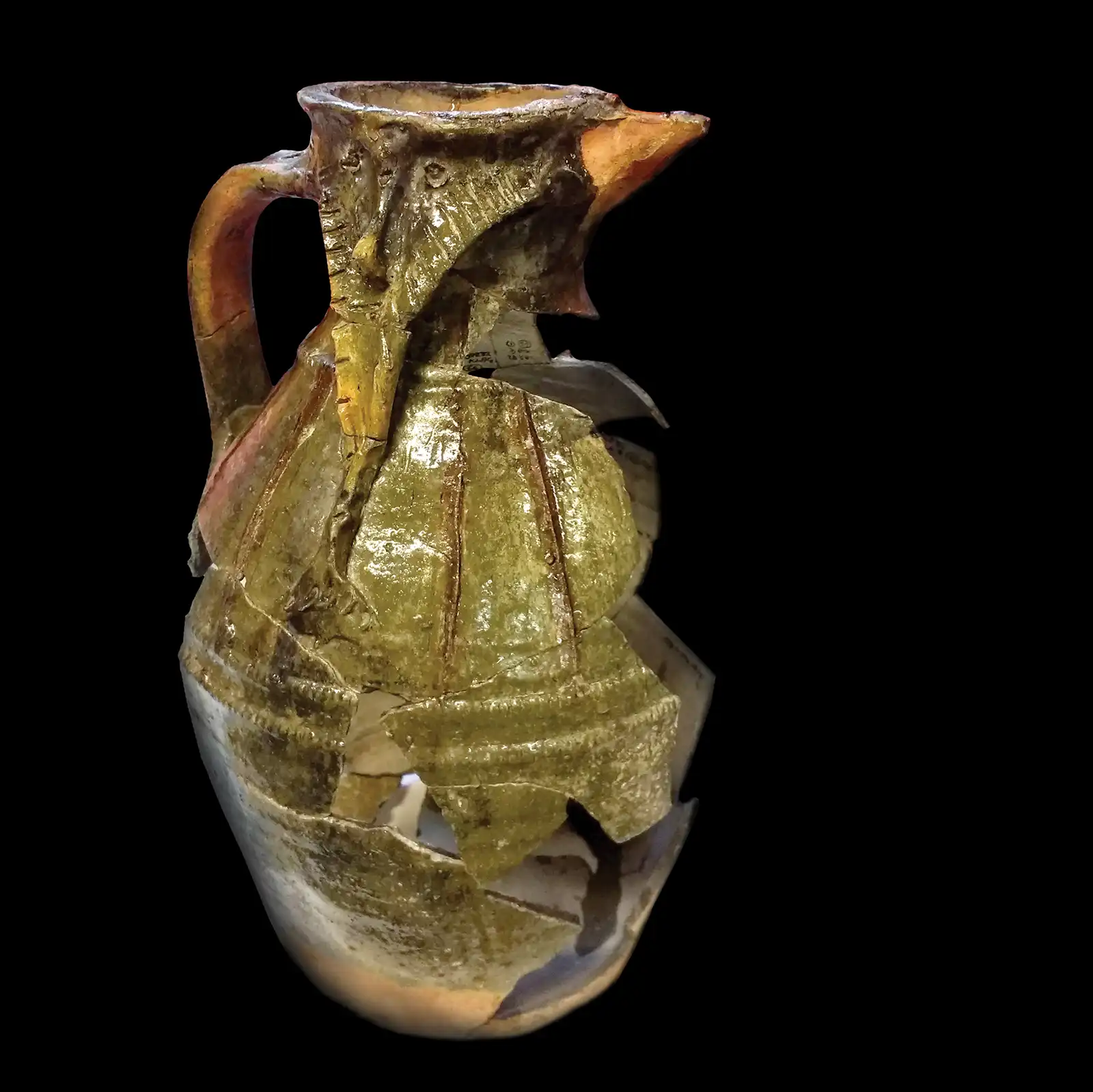
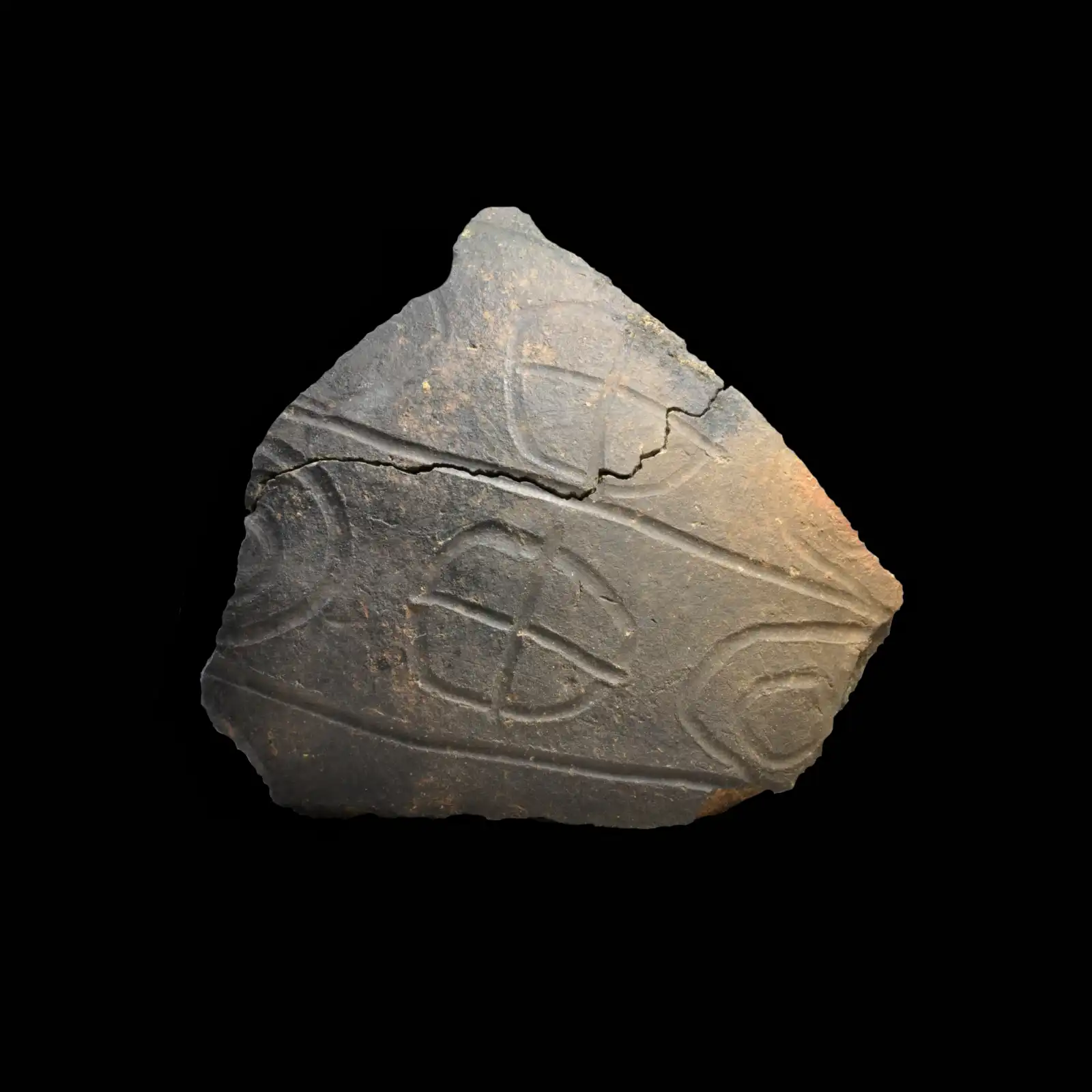
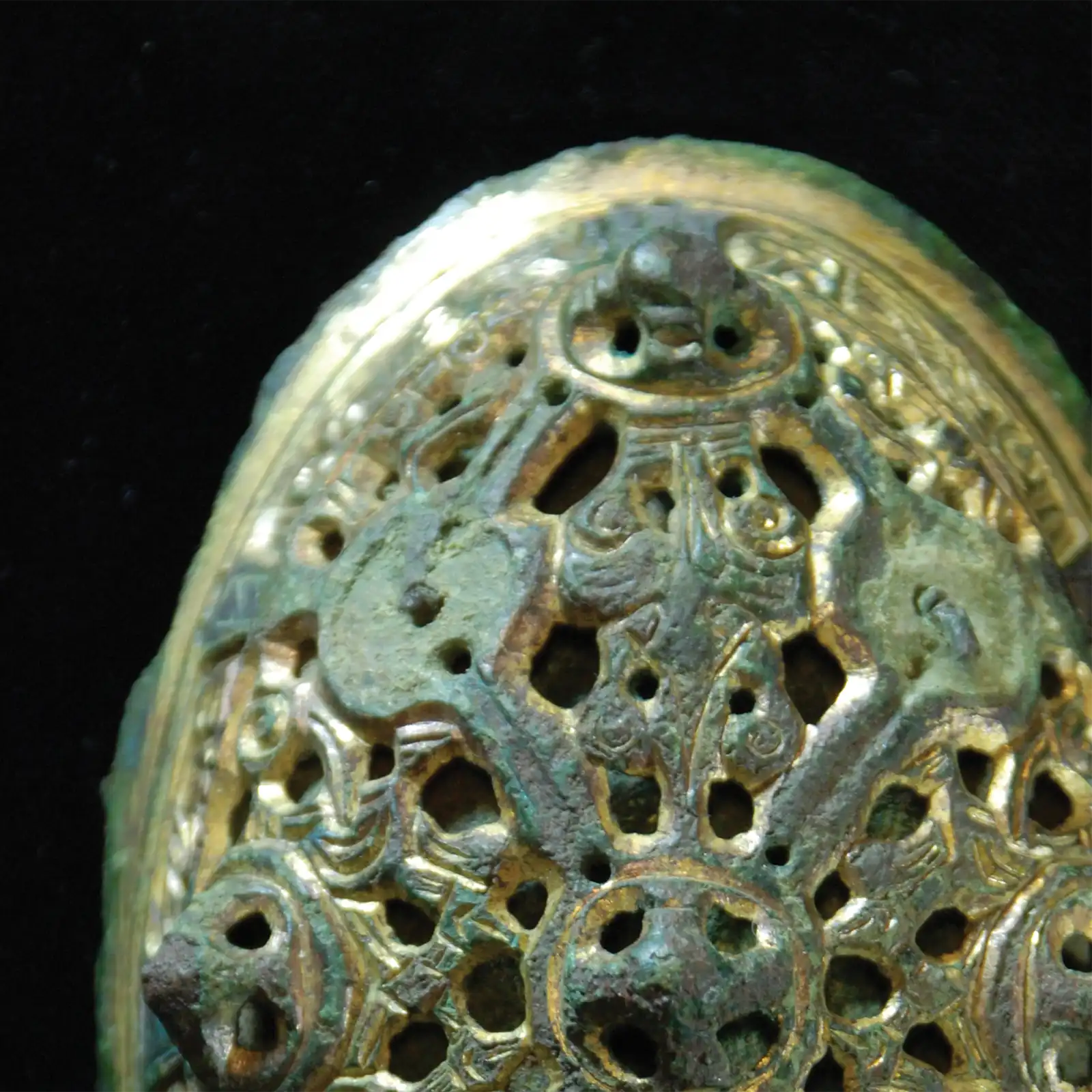
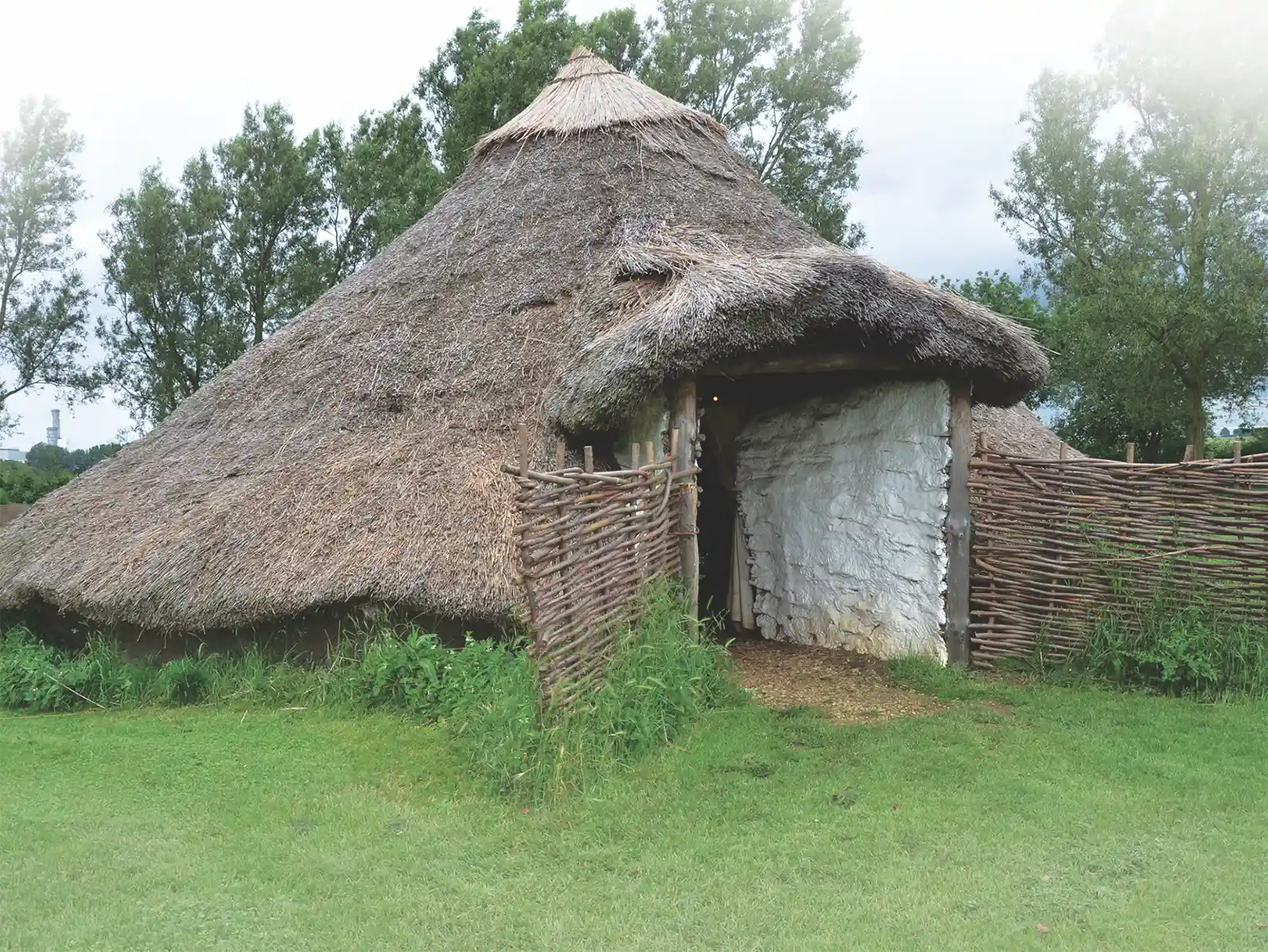
Who lived in Wintringham
What next
After almost four years of continuous excavation by over 100 archaeologists, it is time to begin analysing all the information we have gathered. Once all sites have been assessed, the results across this landscape can be combined.
The first step is the cleaning of all the finds. This starts with the excavations and may take months to complete after the excavations are over. Across the excavations so far, we have over 36,000 pottery sherds, 2,540 pieces of metal work and nearly 600kg of animal bone fragments. This will be followed by specialist assessments and radiocarbon dating.
All the information gathered about the artefacts will then be combined with the site data (mapping, stratigraphy and soil types etc.) to produce a full narrative of what happened, when and in what order.
All this work takes a long time but eventually it will be shared in talks and conferences as well as in written reports and peer-reviewed publications, which will be shared with Wintringham residents and wider audiences.
